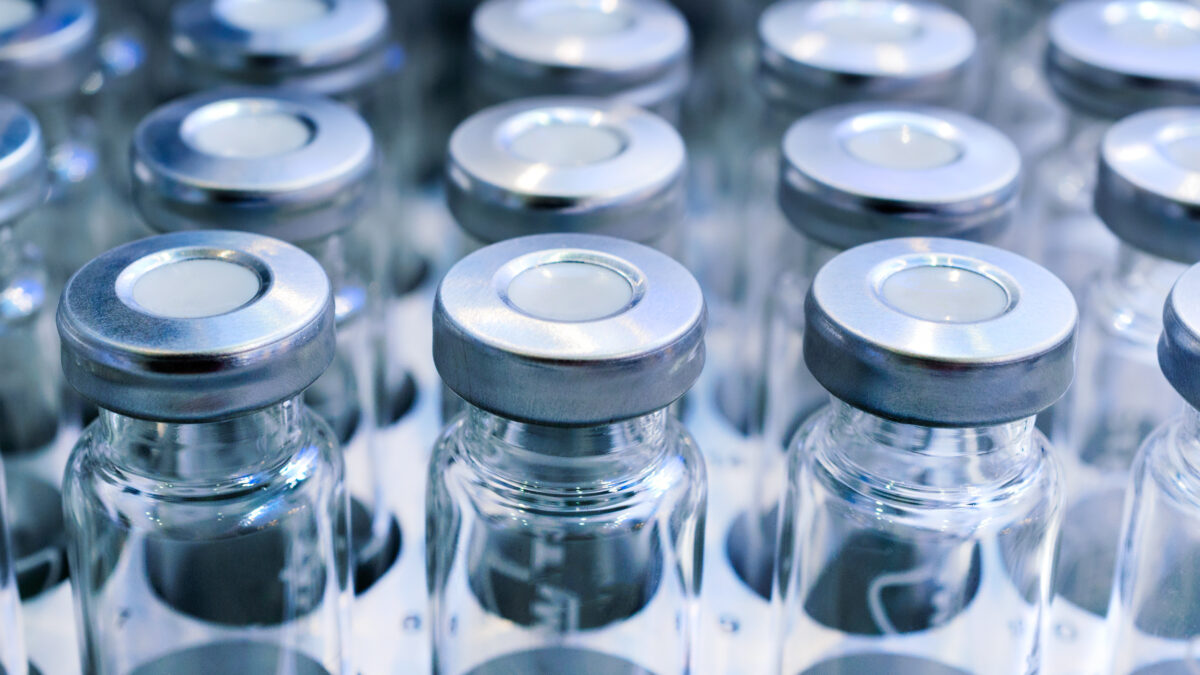For many patients, an organ transplant is a beacon of hope; a kidney or bone marrow transplant can be lifesaving. Sometimes, though, these very procedures introduce new, often deadly threats to their health.
One type of complication, post-transplant lymphoproliferative disease, can be a devastating diagnosis for patients who expected to reclaim their lives post-transplant.
When Cancer Comes After a Transplant
Just as patients are recovering from the transplant, some will learn they have a rare complication known as post-transplant lymphoproliferative disease.
PTLD is a type of lymphatic cancer that is often caused by the Epstein-Barr virus. The virus is so common that most people get it at some time during their lives, but it’s usually suppressed by a healthy immune system.
Transplant patients receive immunosuppressants to prevent rejection of the new organ or bone marrow. PTLD is linked to this immune system suppression and can reactivate Epstein-Barr, which causes white blood cells, known as lymphocytes, to multiply out of control.
The severity of PTLD can range from an overgrowth of the lymphocytes, which is not harmful, to aggressive and dangerous cancer.
Responding to PTLD
The primary goal of treatment is to cure PTLD, while preserving the function and health of the transplant. And while there are currently no FDA-approved therapies, new immunotherapy treatments are on the horizon.
Treatment varies depending on the type of PTLD, but the first line of treatment is often to reduce the immunosuppressive medication to see if the patient’s own immune system can fight the infected cells. Other options include surgery, chemotherapy, radiation or rituximab, an antibody therapy.
Access to Treatment is Critical
The possibility of an FDA-approved treatment is exciting. However, it is vital to remember that many patients have a matter of weeks to treat the disease before it becomes deadly. In one study of bone marrow transplant patients, the time from PTLD diagnosis to death was less than 6 weeks in adults and 8 weeks in children.
Time is of the essence when treating patients for PTLD. A successful outcome is dependent on a quick diagnosis and efficient collaboration of a medical team, including transplant physicians and oncologists, who develop a treatment plan individualized for each patient.
Any delays such as prior authorization that hinder a patient’s access to a physician-prescribed treatment cost a patient their life. Treatment for PTLD patients cannot wait.
Even though post-transplant lymphoproliferative disease is rare, early diagnosis and access to therapies, especially newer, innovative medications, can give transplant recipients the best chance of enjoying the life that a successful transplant can provide.




